Search
Search Results
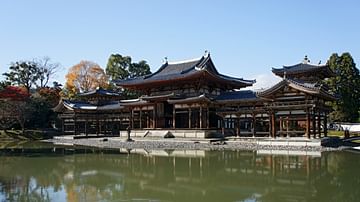
Definition
Heian Period
The Heian Period of Japanese history covers 794 to 1185 CE and saw a great flourishing in Japanese culture from literature to paintings. Government and its administration came to be dominated by the Fujiwara clan who eventually were challenged...
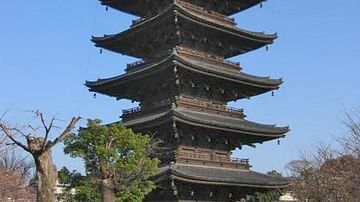
Definition
Heiankyo
Heiankyo (Kyoto), located in the centre of Honshu island, was the capital of Japan for over a thousand years and gave its name to one of the golden ages of Japanese history, the Heian Period (794-1185 CE). Built according to Chinese design...
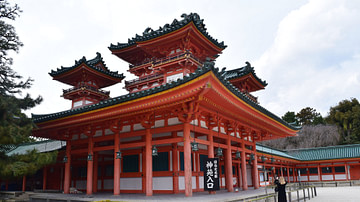
Image
Kyoto's Heian Shrine
Dating from only 1895 CE, Kyoto's Heian Shrine was built to commemorate the 1,100th anniversary of the founding of Kyoto and is a replica of Japan's first imperial palace. It also deifies Emperor Kammu (r. 781-806 CE) who founded Kyoto in...
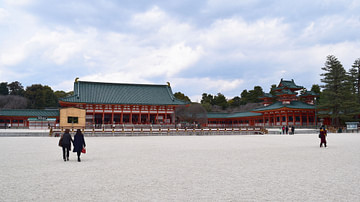
Image
Heian Shrine in Kyoto, Japan
Dating from only 1895 CE, Kyoto's Heian Shrine was built to commemorate the 1,100th anniversary of the founding of Kyoto and is a replica of Japan's first imperial palace. It deifies two Japanese emperors: Emperor Kammu (r. 781-806 CE) who...
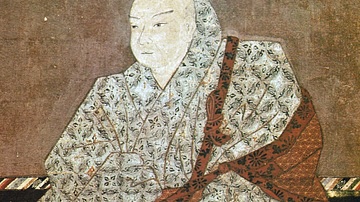
Article
Insei: Cloistered Government in Ancient Japan
Insei or 'cloistered government' describes the strategy of emperors during the late Heian Period (794-1185 CE) in ancient Japan where they abdicated in favour of a chosen heir yet still ruled in some capacity, typically after retiring to...

Image
The Heian-era Byodoin Temple
The Byodoin Temple in Uji, Japan dates from the late-Heian period, and it served as the residence of the influential minister Fujiwara no Michinaga (966-1028 CE). It was originally built in 998 CE. The most famous portion of the temple is...
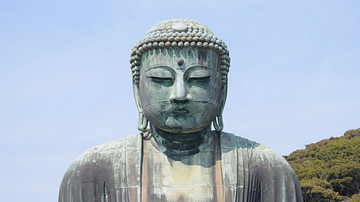
Definition
Kamakura Period
The Kamakura Period or Kamakura Jidai (1185-1333 CE) of medieval Japan began when Minamoto no Yoritomo (1147-1199 CE) defeated the Taira clan at the Battle of Dannoura in 1185 CE. The period is named after Kamakura, a coastal town 48 kilometres...
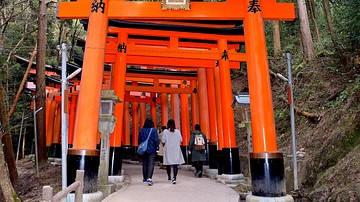
Definition
Ancient Japan
Ancient Japan has made unique contributions to world culture which include the Shinto religion and its architecture, distinctive art objects such as haniwa figurines, the oldest pottery vessels in the world, the largest wooden buildings anywhere...
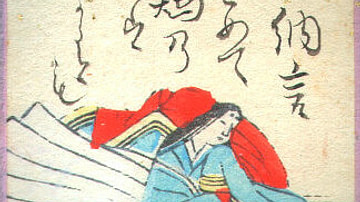
Definition
The Pillow Book
The Pillow Book (Makura no Soshi) is a personalised account of life at the Japanese court by Sei Shonagon which she completed c. 1002 CE during the Heian Period. The book is full of humorous observations (okashi) written in the style of a...
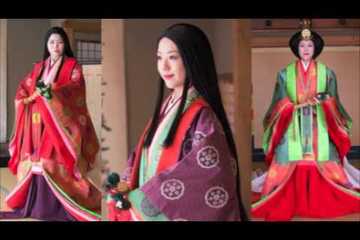
Video
The Japanese Heian Period: Court Women
This video explains how court women lived during the Heian period in Japan.